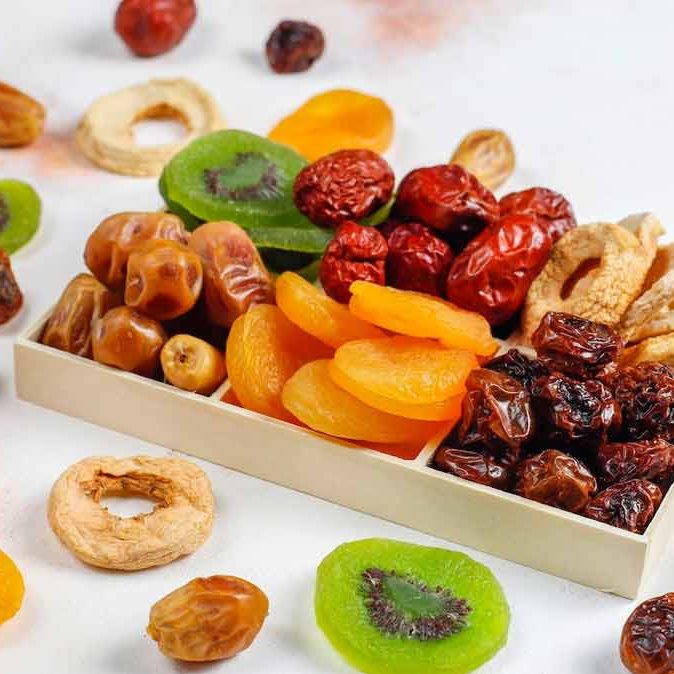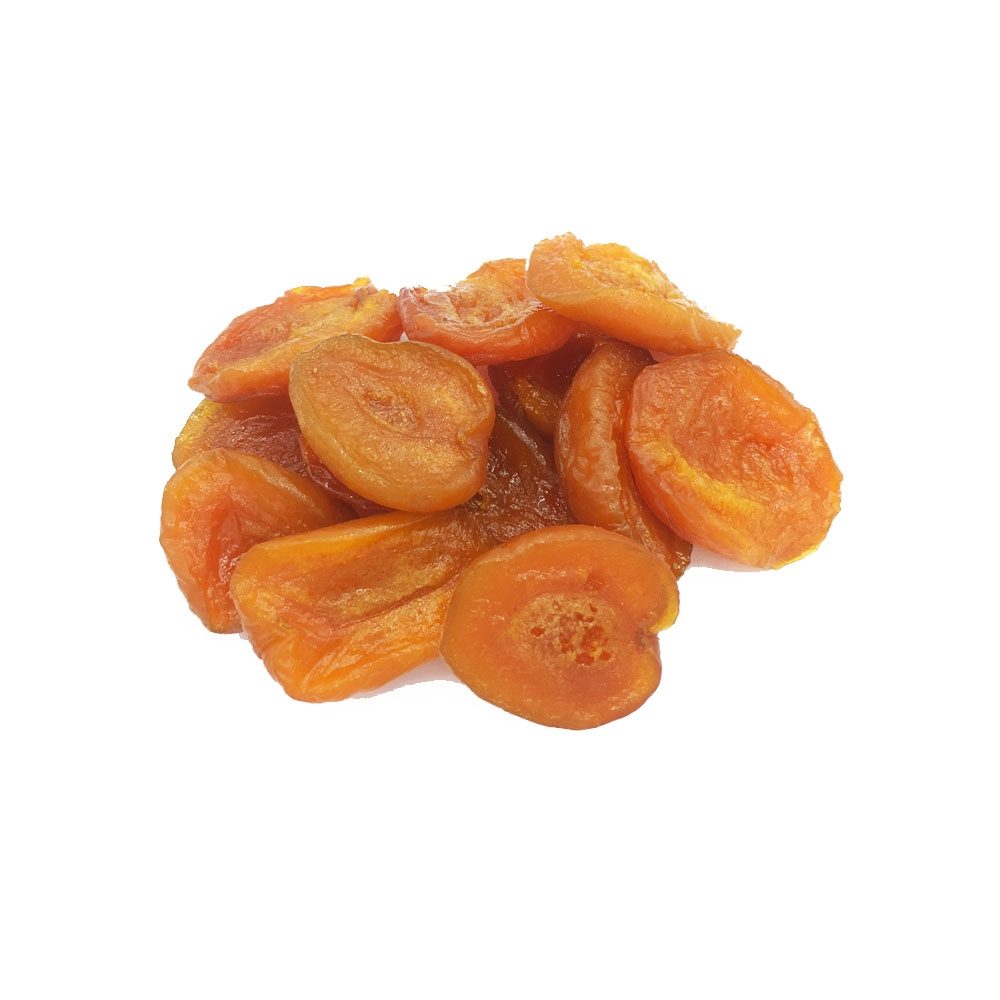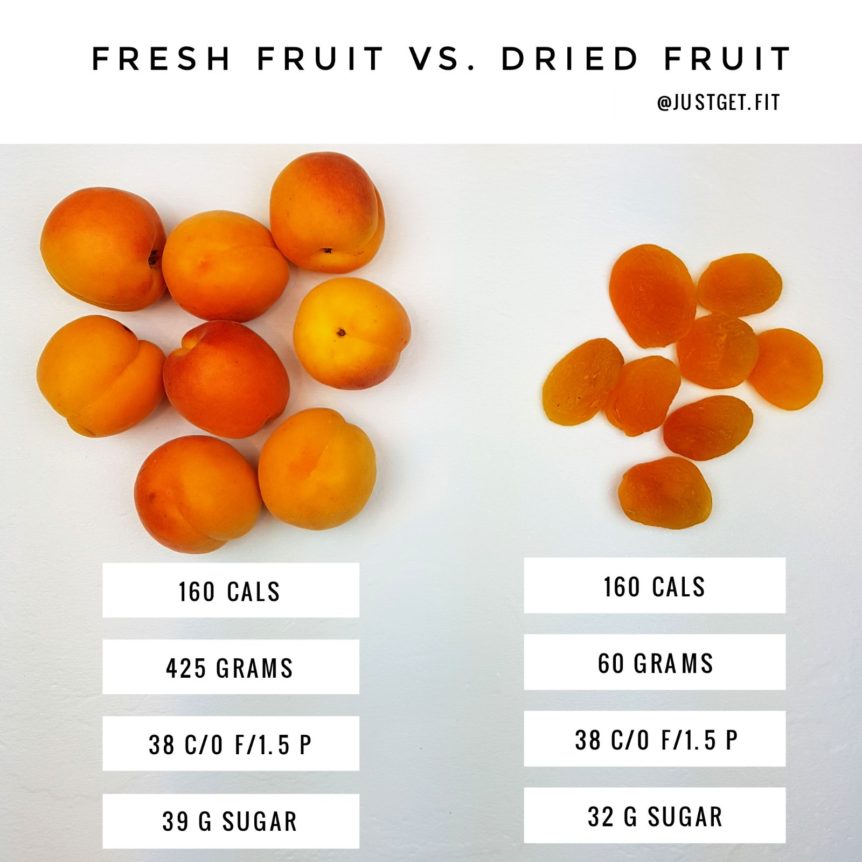Introduction
Dried fruit is often touted as a convenient and nutrient-dense snack. However, one concern that comes up frequently is the sugar content. When fruit is dried, the natural sugars become more concentrated, raising questions about whether the sugar in dried fruit is better or worse for your health compared to other types of sugar. In this article, we explore the nutritional profile of dried fruit, compare its sugar content to other sweeteners, and discuss its potential health benefits and drawbacks.
Understanding Dried Fruit Sugar
Natural vs. Added Sugar
One key distinction to make when discussing dried fruit is that it contains natural sugar, as opposed to added sugar. Natural sugars are those found naturally in foods like fruits and vegetables. These sugars come with fiber, vitamins, and minerals that slow down their absorption and provide additional health benefits. In contrast, added sugars, found in processed foods like candy, soda, and baked goods, contribute to empty calories and can lead to health problems like obesity and diabetes. It is important to differentiate between these types of sugars when evaluating the health impact of dried fruit.
Sugar Concentration in Dried Fruit
The process of drying fruit removes its water content, making the natural sugar more concentrated. For example, a fresh grape contains around 80% water, while a raisin has almost none. This means that the sugar in dried fruit is more concentrated per gram compared to fresh fruit. While this concentration makes dried fruit a high-energy snack, it also means that portion control is crucial. The concentrated sugar can quickly add up, impacting your daily caloric and sugar intake.

Nutritional Benefits of Dried Fruit
Rich in Fiber
Despite its high sugar content, dried fruit is also rich in dietary fiber. The fiber in dried fruit can help slow the absorption of sugar into the bloodstream, preventing spikes in blood sugar levels. Fiber also promotes digestive health by aiding in bowel movements and can help you feel fuller for longer, reducing the likelihood of overeating. Examples of fiber-rich dried fruits include prunes, figs, and apricots. Including these fruits in your diet can provide the benefits of fiber while enjoying a naturally sweet treat.
Packed with Vitamins and Minerals
Dried fruits retain most of the vitamins and minerals found in fresh fruit. They are often rich in vitamins A and C, potassium, and antioxidants. For example, dried apricots are high in vitamin A, which is essential for good vision and immune function. Raisins are a good source of iron and potassium, which are important for maintaining healthy blood pressure and blood function. These nutrients add to the overall health benefits of dried fruit, supporting various bodily functions and contributing to a balanced diet.

Comparing Dried Fruit to Other Sweeteners
Dried Fruit vs. Candy
When comparing dried fruit to candy, dried fruit comes out on top for a few reasons. Although both contain sugar, dried fruit provides essential nutrients like fiber, vitamins, and minerals, whereas candy offers empty calories without any nutritional benefits. Eating a handful of raisins or dried apricots can provide a quick energy boost along with important nutrients, making it a healthier choice than an equivalent amount of candy. The fiber in dried fruit also helps manage blood sugar levels, unlike the sugar in candy, which can cause rapid spikes and crashes.
Dried Fruit vs. Fresh Fruit
While dried fruit is more convenient and has a longer shelf life than fresh fruit, it’s more calorie-dense due to the higher concentration of sugar. Fresh fruit has a higher water content, which can help with hydration and offers a feeling of fullness with fewer calories. However, dried fruit still retains much of the nutritional value of fresh fruit, making it a good alternative when fresh options are not available. It’s important to consume dried fruit in moderation to avoid consuming too much sugar, while fresh fruit can generally be eaten in larger quantities without the same concerns.

Potential Health Drawbacks of Dried Fruit
High-Calorie Content
One of the potential downsides of dried fruit is its high-calorie content. The concentration of sugar and lack of water make dried fruit calorie-dense. For example, a small handful of dried mango can have the same number of calories as a large, fresh mango. This can lead to unintentional overeating and an excessive caloric intake, which is a concern for those watching their weight. Portion control and mindful eating are essential when incorporating dried fruit into your diet to avoid these pitfalls.
Risk of Added Sugars
Many commercially available dried fruits contain added sugars to enhance flavor and extend shelf life. These added sugars can negate the health benefits of the dried fruit and contribute to an excessive sugar intake. When purchasing dried fruit, it’s important to read labels carefully and choose options that are labeled as “unsweetened” or “no sugar added.” Opting for organic and natural varieties can also help minimize the risk of added sugars and preservatives.

Practical Tips for Including Dried Fruit in Your Diet
Portion Control
Given the high sugar and calorie content of dried fruit, portion control is crucial. A typical serving size is about a quarter cup, which is roughly a small handful. Measuring out this amount rather than eating directly from the bag can help manage portion sizes. Incorporating dried fruit into balanced meals, like adding a small amount to yogurt or oatmeal, is another way to enjoy its benefits without overindulging. Keeping portion sizes in check ensures you get the nutritional advantages of dried fruit without the drawbacks of excessive sugar intake.
Combining with Other Foods
Pairing dried fruit with other nutritious foods can enhance its benefits and mitigate some of the drawbacks. For example, combining dried fruit with nuts adds protein and healthy fats to your snack, helping to slow the absorption of sugar and providing longer-lasting energy. Another option is to mix dried fruit into salads or grain bowls for added texture and natural sweetness. These combinations create more balanced meals and snacks, ensuring a more stable blood sugar level and extended satiety.
Which Dried Fruit Has the Least Amount of Sugar
Varieties of Dried Fruits with Low Sugar Content
Not all dried fruits are created equal when it comes to sugar content. Some varieties naturally contain less sugar, making them better options for those wishing to monitor their sugar intake. Among these, dried apricots, dried cranberries (particularly unsweetened ones), and dried plums (prunes) are noteworthy for their relatively low sugar levels.
Dried Apricots
Dried apricots are an excellent choice for a low-sugar dried fruit. A serving of dried apricots (approximately one-quarter cup) contains about 17 grams of sugar. This is considerably lower than some other popular dried fruits like raisins or dates, which can contain upwards of 20-30 grams of sugar per serving. Despite their lower sugar content, dried apricots are rich in fiber and essential nutrients like vitamin A and potassium. The fiber content in apricots helps slow the absorption of sugar into the bloodstream, making them a more diabetes-friendly option compared to higher-sugar dried fruits. This makes them not only a convenient snack but also a nutritious addition to cereals, salads, and yogurts, providing balanced nutrition without the sugar spike.
Dried Cranberries
Another valuable low-sugar option is dried cranberries, especially when unsweetened. While commercially available dried cranberries often have added sugars to counter their natural tartness, unsweetened versions offer a lower sugar alternative. A serving of unsweetened dried cranberries contains about 9 grams of sugar, making them one of the lowest-sugar dried fruit options available. These berries are also packed with antioxidants, particularly proanthocyanidins, which have been shown to promote urinary tract health. Their tart flavor pairs well with nuts, seeds, and cheeses, making them a versatile ingredient for both savory and sweet dishes.

Benefits of Choosing Low-Sugar Dried Fruits
Controlling Blood Sugar Levels
Opting for dried fruits with lower sugar content can significantly benefit individuals managing their blood sugar levels. Lower-sugar options like dried apricots and unsweetened dried cranberries have a less dramatic impact on blood glucose levels, which is particularly advantageous for people with diabetes or those trying to maintain stable blood sugar. The fiber content in these fruits further aids in this process by slowing the rate of digestion and sugar absorption, leading to more stable and sustained energy levels. For anyone monitoring their sugar intake, choosing these low-sugar dried fruits can provide a sweet treat without the subsequent glucose spikes.
Conclusion
Dried fruit offers a convenient and nutrient-rich option for snacking and meal additions, but its concentrated sugar content necessitates mindful consumption. While the sugar in dried fruit comes with beneficial fiber, vitamins, and minerals, it is crucial to manage portion sizes and choose options without added sugars. Comparing dried fruit to other sweeteners like candy and fresh fruit highlights its advantages and potential drawbacks. By following practical tips like portion control and combining dried fruit with other nutritious foods, you can enjoy its benefits while minimizing health risks. Understanding the balance between enjoying dried fruit and maintaining a healthy diet can lead to better overall health and well-being.


